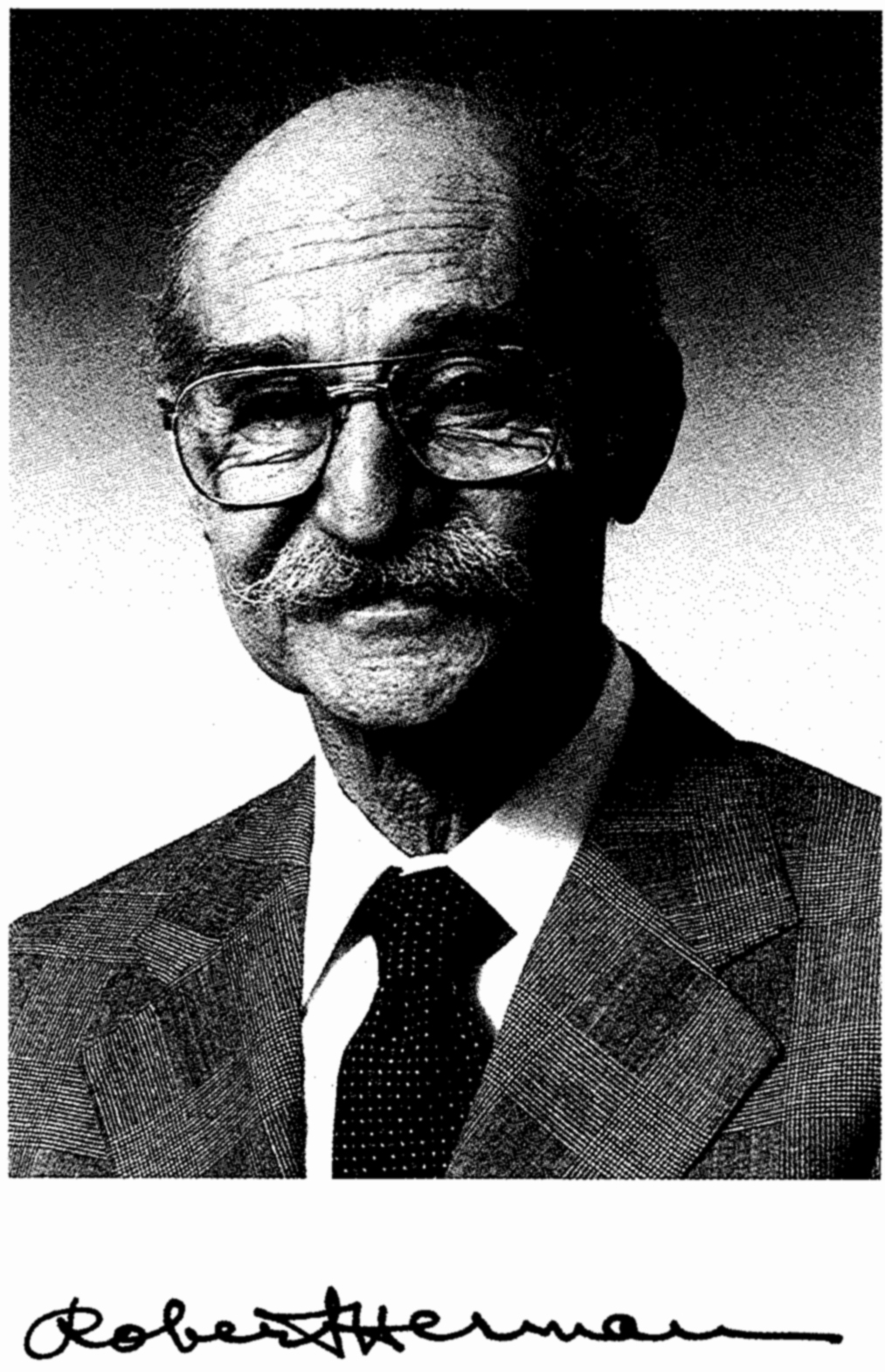Page 105
MEREDITH C. GOURDINE
1929–1998
BY ALLEN F. RHODES
MEREDITH C. GOURDINE, president of Energy Innovation, Inc., died at age sixty-nine on November 20, 1998, at St. Joseph's Hospital in Houston, Texas. Born September 26, 1929, in Newark, New Jersey, Dr. Gourdine was a pioneer in the field of elecrogasdynamics. He received a B.S. degree in engineering physics from Cornell University in 1953 and a Ph.D. in engineering physics from the California Institute of Technology in 1960. Elected to the National Academy of Engineering in 1991, he was a leader in promoting science and engineering careers to African-Americans.
Meredith grew up in Brooklyn, New York, where his father worked as a painter and a janitor. After classes at Brooklyn Tech High School, Meredith worked eight hours a day with his father, who he recalled saying, “If you don't want to be a laborer all your life, stay in school.”
During his high school and college days, Meredith was an accomplished athlete, first as a swimmer and later as a track star. At Cornell he competed in sprints, low hurdles, and long jumps. His culminating experience in sports came in the 1952 Olympics, where he won a U.S. Olympic Silver Medal in the long jump.
After graduation in 1952, Meredith became a naval officer, and in 1960, on a Guggenheim fellowship, earned his doctorate from CalTech. In his last three years there, he was already a senior research scientist of its Jet Propulsion Laboratory.
Page 106
After working in private industry for Plasmadyne Corporation and Curtis-Wright Corporation, Meredith started his own company, Gourdine Systems in Livingston, New Jersey, to do research and development in the field of energy generation. He made use of his specialty to invent practical applications using the motion of gas molecules that had been ionized under high pressure.
Meredith's seventy U.S. and foreign patents related to electrostatic precipitators to remove smoke from burning buildings and fog from airport runways, acoustic imaging, electrogasdynamics in circuit breakers, air monitors, and coating systems. Focusing his efforts on heating and cooling systems based on the transfer of thermal energy, Meredith later formed Energy Innovations, Inc., headquartered in Houston, Texas.
In addition to his athletic, academic, and business accomplishments, Meredith found time for civic activities such as New York Mayor Lindsay's Task Force on Air Pollution, President Lyndon Johnson's Advisory Panel on Energy, and President Richard Nixon's Task Force on Small Business. He was a member of the Black Inventors' Hall of Fame, the Army Science Board, and a trustee of Cornell University.
I had the privilege of knowing Meredith Gourdine during the 1960s and 1970s when we were members of the American Management Association's Research and Development Council. We called him “Flash” Gourdine after the famous comic strip hero.
Meredith Gourdine reportedly suffered from diabetes, the loss of a leg and his vision, and was on dialysis when he succumbed to a series of strokes. He was survived by his wife, one son, three daughters, five grandchildren, and a sister.





